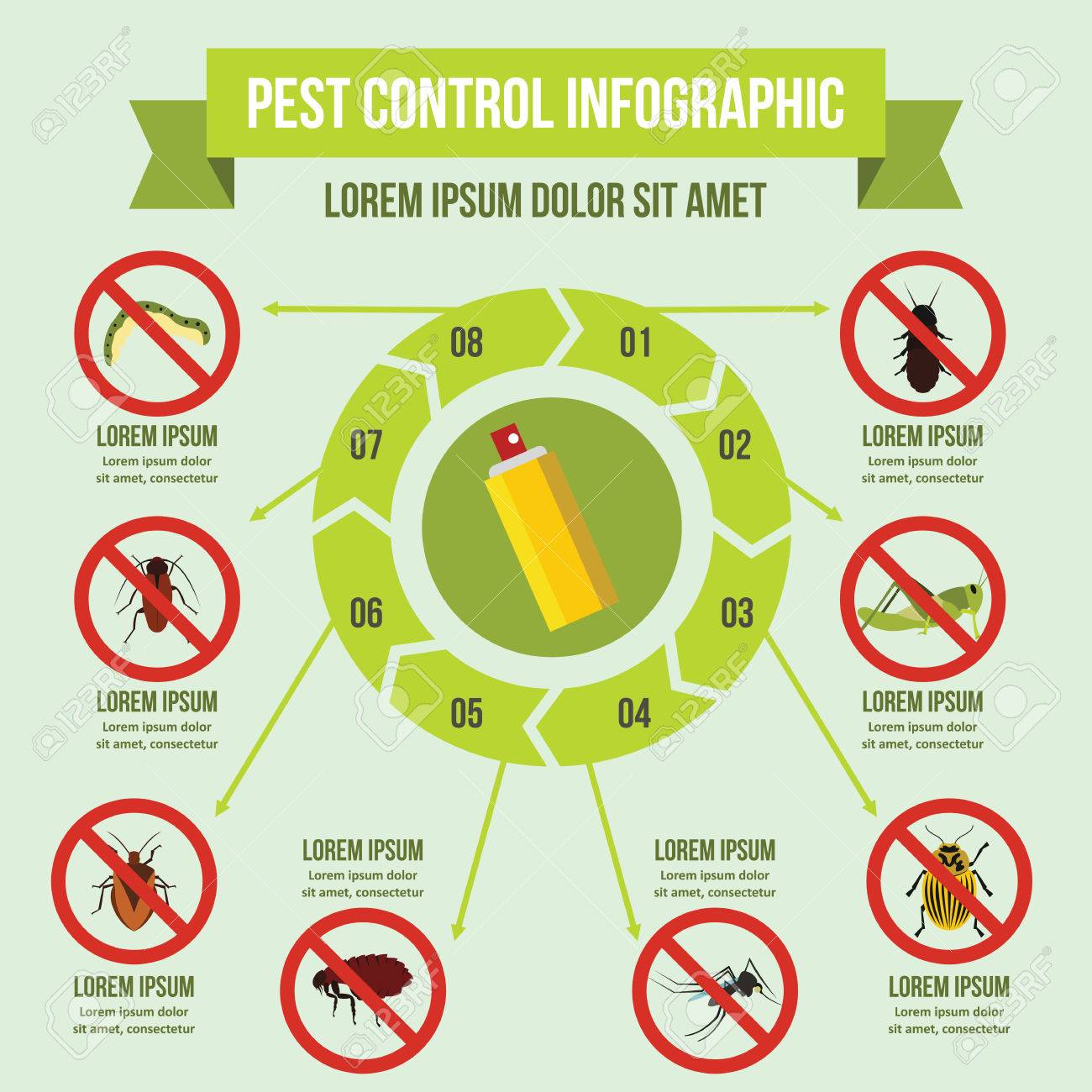Comprehending Rodent Habits: Expert Insights For Effective Parasite Control
Comprehending Rodent Habits: Expert Insights For Effective Parasite Control
Blog Article
https://eduardomicwr.tokka-blog.com/26036483/evaluating-the-expenditures-what-quantity-should-you-assign-for-pest-control-solutions Composed By-Berg Toft
Visualize having the ability to expect the actions of your opponents in a game of chess, always staying one action in advance.
On the planet of bug control, recognizing rodent behavior is like having that tactical benefit. By gaining professional insights right into the nesting habits, feeding patterns, and communication and social behavior of rodents, you can efficiently battle these pesky animals.
However just how specifically do rats behave, and why is it important to recognize? In this discussion, we will certainly unravel the enigmas of rodent behavior, supplying you with beneficial understanding that will certainly aid you remain ahead in the battle against pests.
Are you prepared to reveal the tricks of these shrewd animals?
Nesting Behaviors
To comprehend rodent behavior and effectively control parasites, it is necessary to acquire understanding into their nesting habits.
Rats, such as mice and rats, have an all-natural instinct to locate shelter and create nests where they really feel secure and safe and secure. These nests function as their homes, breeding premises, and storage space locations for food. Recognizing https://communityimpact.com/houston/lake-houston-humble-kingwood/business/2022/08/04/qa-porter-pest-control-company-offers-tips-for-local-homeowners/ nesting behaviors can assist you recognize potential areas of infestation and implement targeted control procedures.
Rats typically choose nesting in dark, private areas, such as attic rooms, basements, crawl spaces, and wall gaps. They use materials like shredded paper, fabric, insulation, and even chewed-up electrical wires to construct their nests.
Feeding Patterns
Rats display distinctive feeding patterns that play a vital duty in their behavior and can inform effective pest control techniques. Understanding these patterns is vital for executing effective bug control steps.
Rodents are opportunistic feeders, indicating they'll eat whatever food is conveniently offered. They've a preference for high-calorie foods such as grains, nuts, and seeds. This is why proper storage space of food and waste monitoring are important in preventing rodent infestations.
In addition, rodents are nighttime, which indicates they're most active throughout the evening when they search for food. By understanding their feeding patterns, you can purposefully put catches and baits to optimize their efficiency.
Maintaining food resources hard to reach and maintaining a tidy setting can aid discourage rodents and decrease the risk of invasion.
Communication and Social Actions
Comprehending exactly how rodents communicate and engage socially is crucial for efficient insect control strategies. Rodents, like mice and rats, have complex interaction systems that they make use of to convey details per various other and coordinate their tasks. Below are 3 vital facets of rodent interaction and social behavior:
1. Articulations: Rats create a large range of singing sounds, including squeaks, tweets, and babbling, to interact with each other. These articulations can convey different messages, such as danger cautions or mating telephone calls.
2. Scent marking: Rodents use scent glands to leave chemical signals on items and in their environment. These scent marks serve as territorial boundaries and interact details concerning reproductive condition, dominance, and social association.
3. Social hierarchy: Rodents have an ordered social structure, with leading people having access to resources and preferred nesting sites. Recognizing this power structure is essential for targeting bug control initiatives and determining vital people for removal.
Final thought
So, there you have it - a short peek into the remarkable globe of rodent actions. By recognizing their nesting behaviors, feeding patterns, and communication, we can much better take on the concern of parasite control.
Did you understand that a female computer mouse can create as much as 10 litters annually, with each clutter containing around 5-6 puppies? This impressive fact highlights the value of prompt and reliable parasite monitoring to prevent rodent populaces from spiraling uncontrollable.
